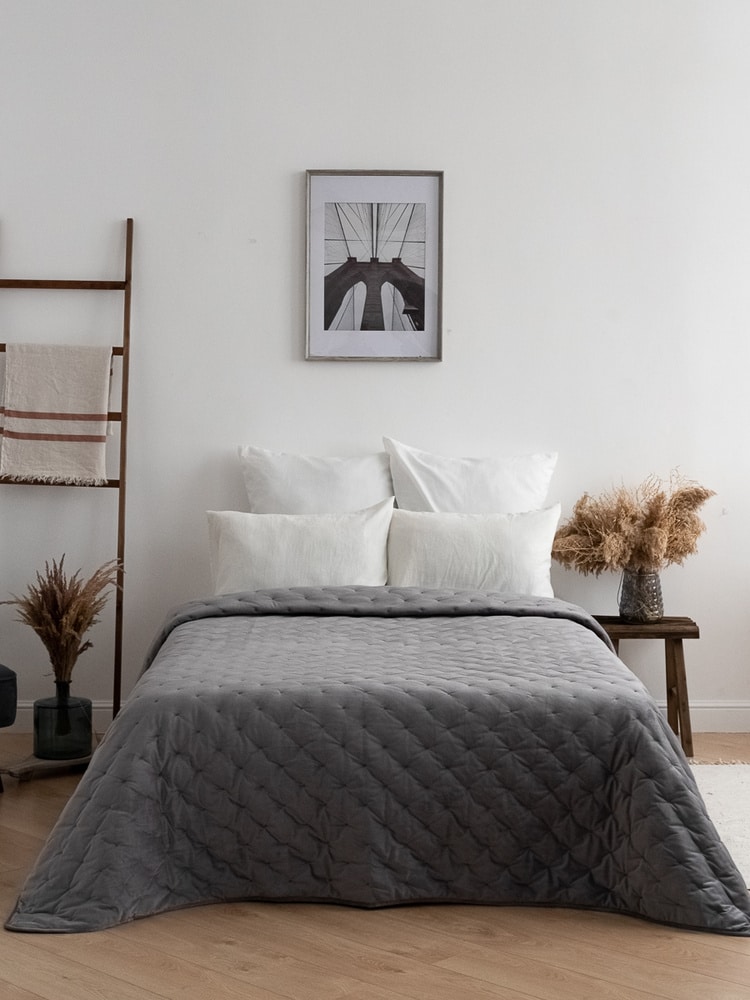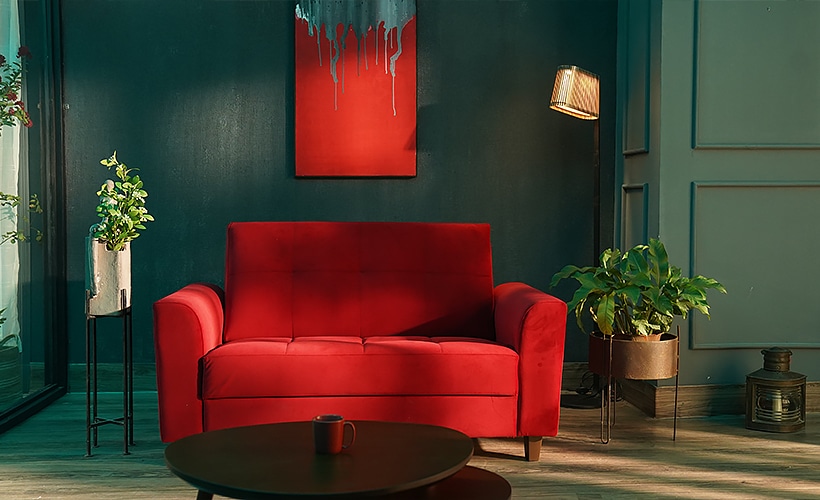
Choosing the Perfect Paint Color
Keith Wright
- 156
When it comes to painting a room, choosing the perfect colour is one of the most important decisions you’ll make. Not only will it dictate the appearance and mood of a room, but it can even affect your mood!
Here we’ll discuss how different colours affect our moods, what kind of paint goes on which surfaces and much more.
Overview
Contents
Before we get into the nitty gritty of how different paint colours affect our mood, let’s talk about how colour can affect our mood. There’s some research that suggests that certain colours create a sense of “coolness” or “warmth.” We tend to associate them with feelings such as:
- boldness;
- happiness;
- power;
- warmth and comfort;
- creativity and uniqueness.
What are the colours that have the most positive associations?
- red;
- yellow;
- green;
- blue and purple.
It’s not just the colours that we associate with our mood, but also the objects and things associated with them. For example, a pink baby toy is much more likely to be associated with warmth, comfort and happiness than a chocolate bar is.
In addition to these colour associations, we also tend to associate colours with various physical sensations.
For example, yellow is often associated with:
- Alertness · Work and Task Orientation · Energy, like when we’re anxious.
- Relaxation and Calmness in the body and mind.
- Reduced pain and sensitivity.
- Increased alertness to sounds.
Colour preference varies greatly between people. It also can depend on the individual’s age, gender and culture.
How do the senses and emotions combine?
Our moods can affect our senses. For example, a room painted yellow is more likely to make us feel enthusiastic, alert, happy and creative because it activates the sympathetic nervous system as our bodies respond to these feelings. In addition, scientists have noted that people with depression may have an increased sensitivity to red and yellow. As a result of this sensitivity – which makes them more likely to notice the colour – they will associate red and yellow with negative things such as danger signals.
How do colours affect the body?
It’s important to note that our moods and emotions are influenced by our neurotransmitters, the chemicals in our brain that help to control brain activity.
The different receptors in our eyes, nose, mouth and skin pick up on different messages from these neurotransmitters.
For example:
- Red is a colour associated with blood flow in the body. This is why it’s often used for emergency vehicles and warning signs.
- Blue is often associated with cooler temperatures.
- Yellow and green are often associated with food, as well as growth and life.
- Orange and red are often thought of as a colour that gives off warmth. This can be why orange objects such as a fire engine or crayon tend to feel warmer than blue objects such as a blue crayon or winter coat. Red also tends to be the colour we associate most with comfort and happiness.
- Purple tends to be associated with luxury and royalty.
- Black can be associated with danger or death.
These associations between colour and emotion play a large role in how we associate colours with emotions.
How do colours affect our senses?
When it comes to picking out paint colours, it’s important that you consider how each colour will affect your sense of sight, sound, touch and smell. In addition, some colours are associated with certain smells and tastes.
Yellow is often associated with the smell of citrus and oranges, which are both thought of as warm and pleasant scents. This is why yellow is often used for doors, and kitchens.
Blue is often associated with the smell of lavender and mints, which are both thought of as cool and fresh scents. This is why blue can be used in bathrooms to make people feel relaxed or calm.
Green is often associated with the smell of earthy smells and can help to make a room feel more homey and inviting. This is why green can be used in bedrooms and bathrooms.
Red is often associated with the smell of roses, which are thought of as both warm and romantic.


